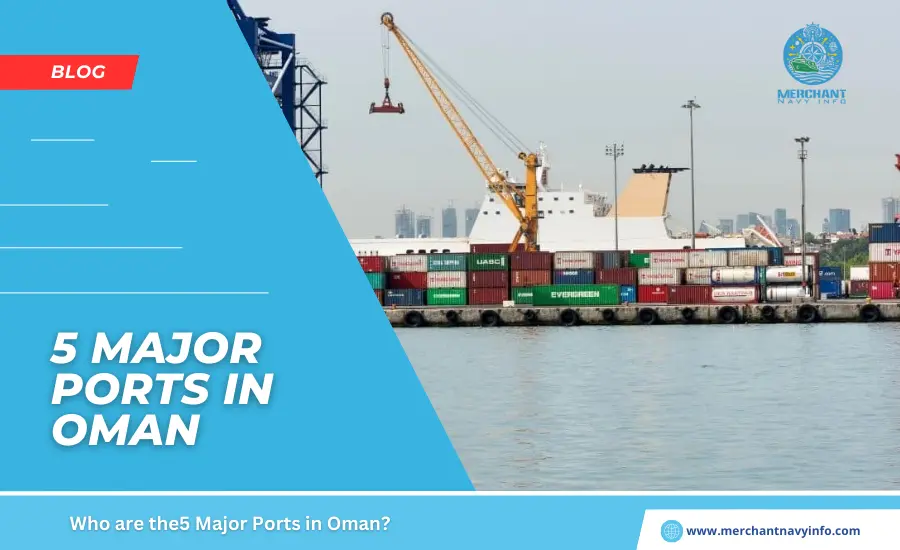
Oman and its coasts have a natural heritage of mineral and gas deposits. This is due to its geographical location in the Gulf of Oman. Oman ports use the Arabian Sea for the majority of its container and oil tanker traffic to its main ports in Oman. These characteristics have resulted in Oman’s cargo traffic currently being worth $7,369 million, although 53% of this is made up of other types of oil cargo. Containers and finished goods come second with a 30% share. This is reflected in the region’s commodity trading business, worth $51,752 million per year. Oman’s industrial structure is, therefore, heavily dependent on fair and trouble-free cargo exchange.
To ensure the sector thrives, between 5,400 and 6,200 ships dock on Oman’s coast every year. Of this, 80% of the traffic is large ocean-going vessels carrying international cargo. The majority of this is with neighboring UAE, giving it a trade index of 0476. This article reviews the top five ports in Oman and their trade characteristics, with emphasis on their geographical characteristics, identification, and cargo handling aspects. This also includes the financial and network aspects of the trade.
Five Major Ports In Oman
1. Port Of Salalah (Dhofar Governorate, Oman)
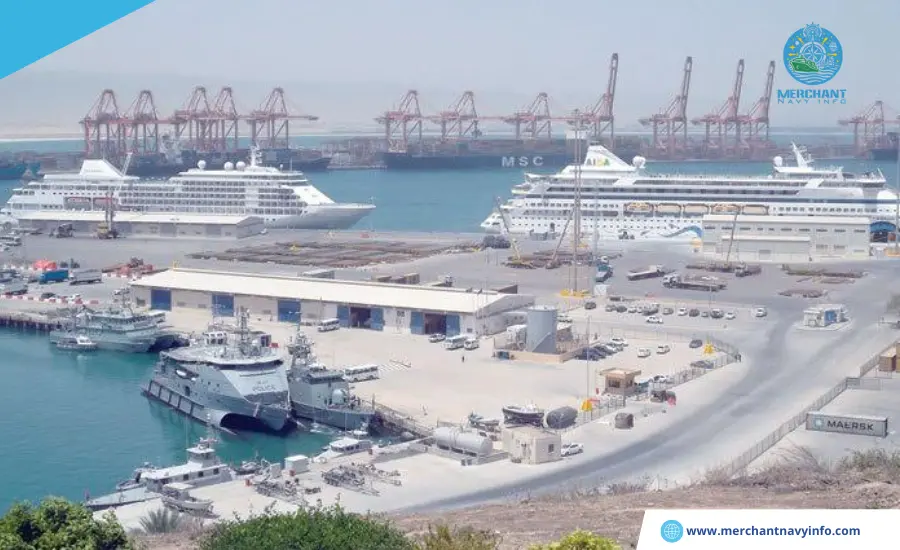
UN/Locode: OMSLL
Latitude: 1953125°
Longitude: 5400435°
The Port of Salalah has a total of six large berths for container and oil handling. It was built in 1998 with simultaneous cargo handling. Currently, the facility is operated under the supervision of Salalah Port Services. A number of major oil companies, as well as state-owned shares, are involved in the project. This means that an average of 35 to 38 million. TEUs have been handled at the terminal over the past decade. Oman’s Port Liner Shipping Index is over 55, making it the fastest container-handling terminal in the world. The terminal also ranks 6th in the list of the world’s most efficient port facilities.
Cargo Throughput
Salalah’s container throughput reached a peak of over 4 million TEU in 2017. Operations include 25 large Post-Panamax 68 cranes, and mobile cranes. These range from 60 to 150 tonnes to handle the TEUs arriving at the facility. For such supercontainer ships, the longitudinal side depth is 16 to 185 metres. This comes from a manoeuvring channel that is up to 20 metres deep. The charging speed of the Salalah is also due to a four-speed charger. The facility also includes nine forklifts to handle containerized cargo. Additionally, Salalah’s cruise terminal is of great importance, hosting 25,000 to over 36,000 passengers on major cruise line sailings.
Network And Layout
More than 2,200 local employees are part of the terminal handling facilities at the port of Salalah. Additionally, the expansion of the inbound rail terminal will increase clearance rates by 23%. Four major tug operators are responsible for docking and discharge operations in the region. Unlike other major ports in Oman, Salalah relies heavily on containers. Therefore, storage facilities occupy more than 25% of its area. The entire facility covers an area of 765,000 square meters.
2. Sultan Qaboos Port (Muscat, Oman)
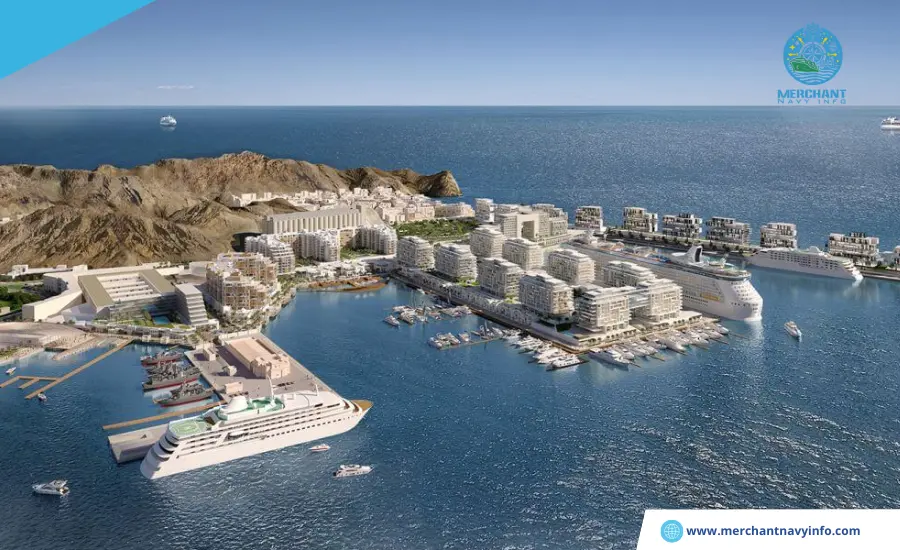
UN/Locode: OMOPQ
Latitude: 23627325°
Longitude: 5857026°
Sultan Qaboos Port is currently a renovated cruise port that is under development. However, the port has a long history of cargo handling and is the largest port in the Muscat region. At its peak, the port had 14 berths for maritime traffic. In the early 2000s, the port had a cargo capacity of 250,000 TEU, or 820,000 tons. The longest multi-purpose berth is up to 458 metres long. The working day operating factor for each of these berths is also 075. Currently, due to pollution and traffic, there is zero transshipment activity in the port. Hence, the development of the corridor will also provide green space for cruise ship traffic.
Cargo Handling
The terminal is considered the largest former grain handling facility on the coast of Oman. The machines responsible for this are grain loaders with a production capacity of more than 250 t/h. The grain handling facilities are operated exclusively from piers 1 and 2. At the same time, cementing and other operations on piers 7 and 8 are equally important. The main operating machines for unloading are equipped with grabs with a load capacity of 50t. The cement handling capacity of these piers averages up to 660,000 tonnes per year.
Network And Layout
During peak operating hours, 1,500 employees work at the facility at the same time. However, the conversion of the passenger terminal, announced in 2014, is intended to become a tourist centre. Muscat Port’s relocation is proceeding at a steady pace to support the existing facilities. The berth is 60% occupied, making it the second largest in the region. The Shutaify Bay Yard site sits on a vast 112,500 square metre site, offering exceptional expansion opportunities.
3. Duqm Port (Al Wusta Region, Oman)
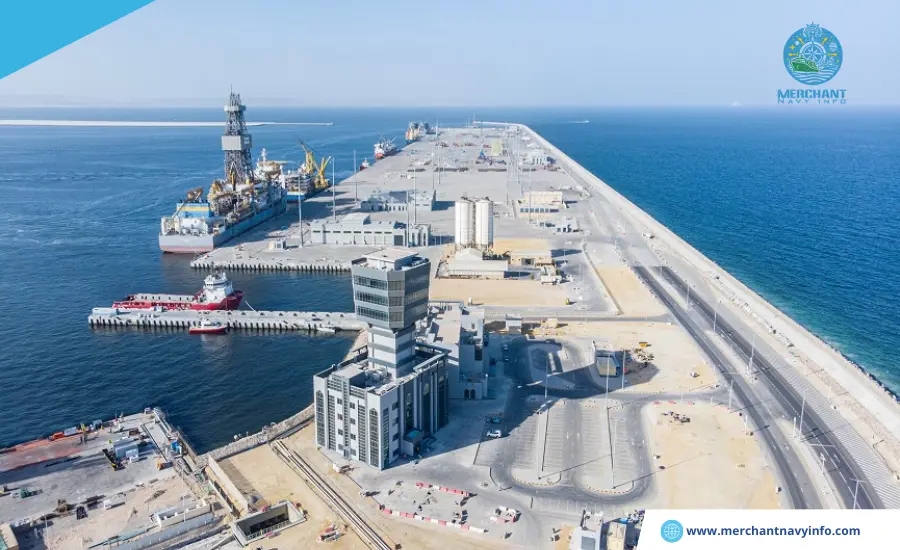
UN/Locode: OMDQM
Latitude: 196746°
Longitude: 57706465°
Duqm Port is a new but highly profitable port in the Oman region. It was established only in 2013 and has a dry dock and cargo handling facilities. The port’s 2019 statistics show that it has a revenue of $1 billion; however, the highest figures are in the range of $15 billion. Duqm is also one of the largest ports in Oman, operating in a special economic zone. Transshipment and shipping are also subject to the regulations of the Trade Facilitation Zoning Authority. However, the ownership of the facility belongs to the Government of Oman. In addition to commercial activities, the port of Duqm is also a defence base. He has special cooperation with the British and Indian governments to support shipping.
Cargo Handling
Duqm Port has three contiguous berths for multi-purpose cargo handling; however, the other berths are double-sided and operate on a double-island design. The facility’s dry dock services provide for over 150 vessel berths per year. It is also a unique facility of its class in the region, with a handling capacity of up to 400 MT. The current operating area is spread over 22 km. The water depth in this area is 18-19 meters. The dry dock facility will also be available for repairs of strategic partners’ warships, including naval shipyards for national and international use.
Network And Layout
The network for handling bulk goods covers an area of 10 hectares. This includes a quay of over 300 metres for mooring. The handling equipment includes two gantry cranes with a capacity of 125 tonnes and two grabs of 12 tonnes each. However, the container terminal is much larger at 34 hectares. It also covers a quay length of over 1,100 metres for large container ships. Handling equipment includes spreader bridges and manual spreaders.
4 Sohar Port (Al Batinah Region, Oman)
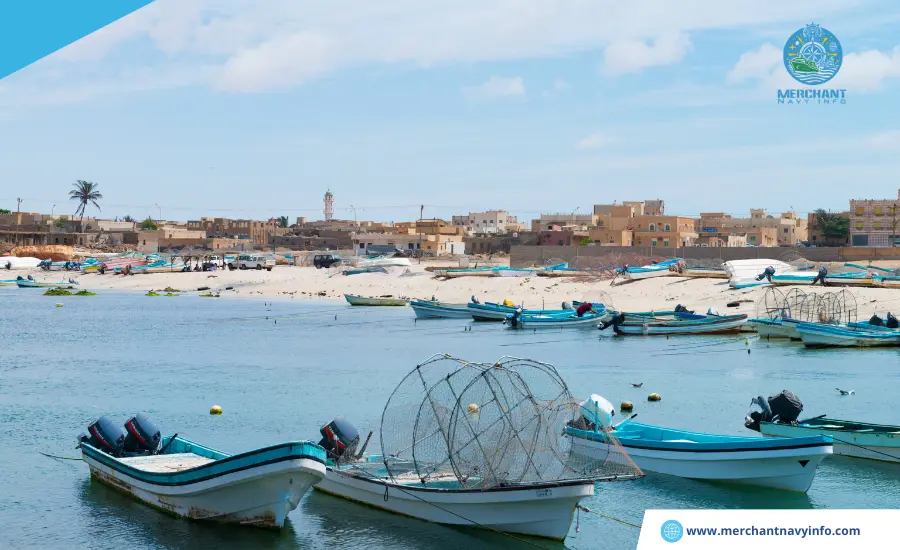
UN/Locode: OMSOH
Latitude: 2450074°
Longitude: 56623705°
Sohar Port is considered to be the second busiest port in terms of cargo volume among the major ports in Oman. The facility handles over 60 million tons of various types of cargo annually. The terminal has been in existence since 2002, with relatively new expansions added. It is also a joint venture between the Omani authorities and the Port of Rotterdam. It falls under a free trade zone, a globally attractive lobby for modern shipping investors. Sohar handles more than 3,000 ships of all sizes every year. The STS facility also includes the introduction of a bunkering facility for ocean-going vessels.
Cargo Handling
The terminal’s bulk cargo handling capabilities are complemented by Sohar’s Valemax loading capacity. The terminal handles an average of more than 2,000 bulk carriers throughout the year. The approach depth for berthing operations at the bulk terminal is 16 metres. Valemax terminals currently have a maximum longitudinal draft of 22 metres. Thus, the maximum permitted displacement for loading and unloading is up to 458,000 tonnes. The facilities have fixed and mobile cranes for storing cargo. However, the depth next to container cargo is 18 metres. The facility also has an conveyor and road options for handling bulk materials.
Network And Layout
The network consists of over 2,000 employees working in various types of cargo operations. It comes under the jurisdiction of the Sohar Industrial Authority for operational and official purposes. A 2010 agreement means the port will operate within a 4,500-hectare free trade zone. Currently, the Port of Rotterdam Authority holds 50% of the operating and profitable shares. The configuration of the various cargo berths, therefore, reflects its planning scheme. This includes cargo operations for alumina, oil and natural gas at certain locations.
5. Qalhat Port (Ash Sharqiyah Region, Oman)
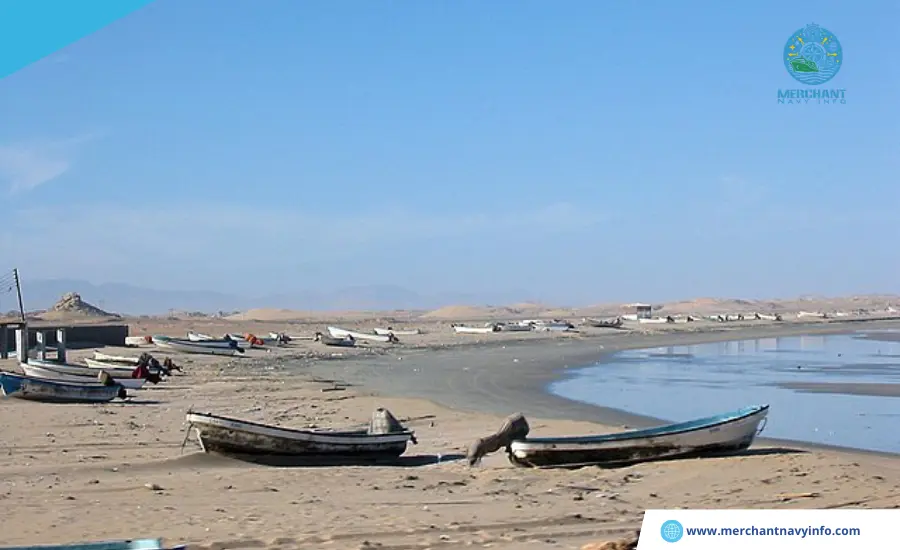
UN/Locode: OMQAL
Latitude: 22663085°
Longitude: 5942659°
It has two large LNG unloading berths that meet the highest international safety standards. The maximum permitted berthing length for gas tankers is 315 metres. The maximum permitted draft for ships of this size is 125 metres. The port is operated with a 76% majority interest from the Sultanate of Oman. The port has an abundance of LNG and provides direct shipping to over 120 major countries. The facility covers an area of 70 hectares and includes hazardous materials handling facilities.
Cargo Handling
Cargo handling restrictions allow gas tankers with a displacement of up to 143,000 tonnes to operate. However, the permitted draft for tankers and crude oil carriers is only 77 metres. On average, 125-150 seaworthy gas tankers arrive at the facility every 365 days. Due to selective cargo traffic, the facility does not have any loading cranes. Therefore, pipeline operations and tank storage make up the majority of the loading planning. Clearance of cargo from Oman’s LNG facility is via Qalhat for bulk exports. The plant is, therefore, responsible for taking the region’s industrialization to a new level.
Network And Layout
The operational jetty has a T-shape in the operational layout. Its local network allows Omani authorities to document security requirements prior to arrival. The port has comprehensive LNG storage and handling facilities, occupying 35% of the area. However, the most significant transfers are via Oman LNG units. Due to its cryogenic capabilities, the port has high power requirements despite the lack of permanent machinery.
Currently, the port facility employs less than 500 people. Oman’s Maritime Area Oman’s maritime area is diverse, bringing great benefits to the country. It also benefits from its mineral-rich natural resources and geographical location. At the same time, the Sultanate of Oman is expanding its ties with allies to establish a strong military position. Oman’s main ports are, therefore, also diplomatic gateways on which it depends on partners. Oman’s trade index with China of 046 indicates Oman’s Asia-oriented attitude towards shipping.









